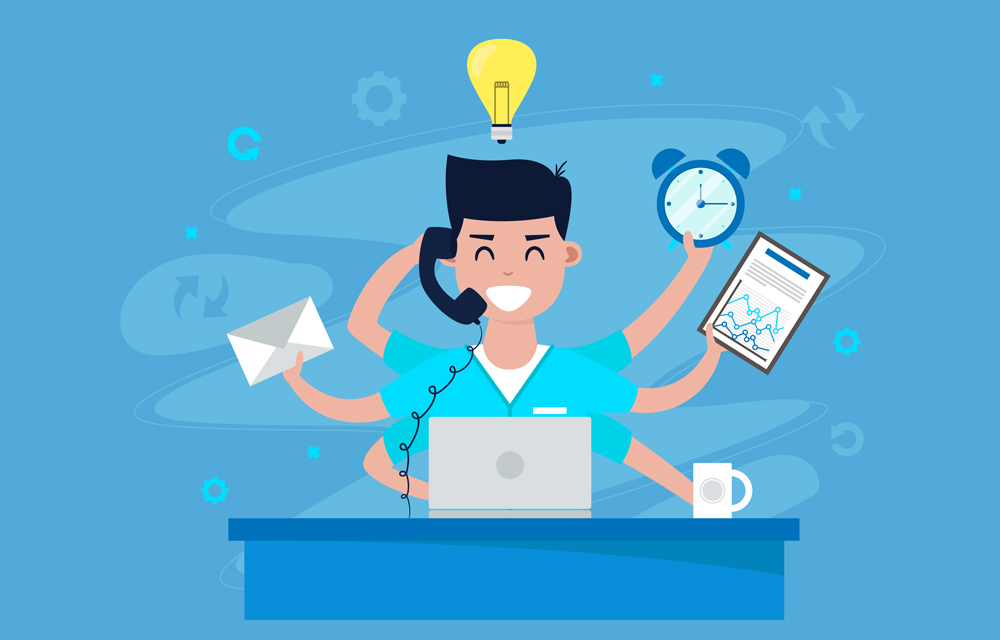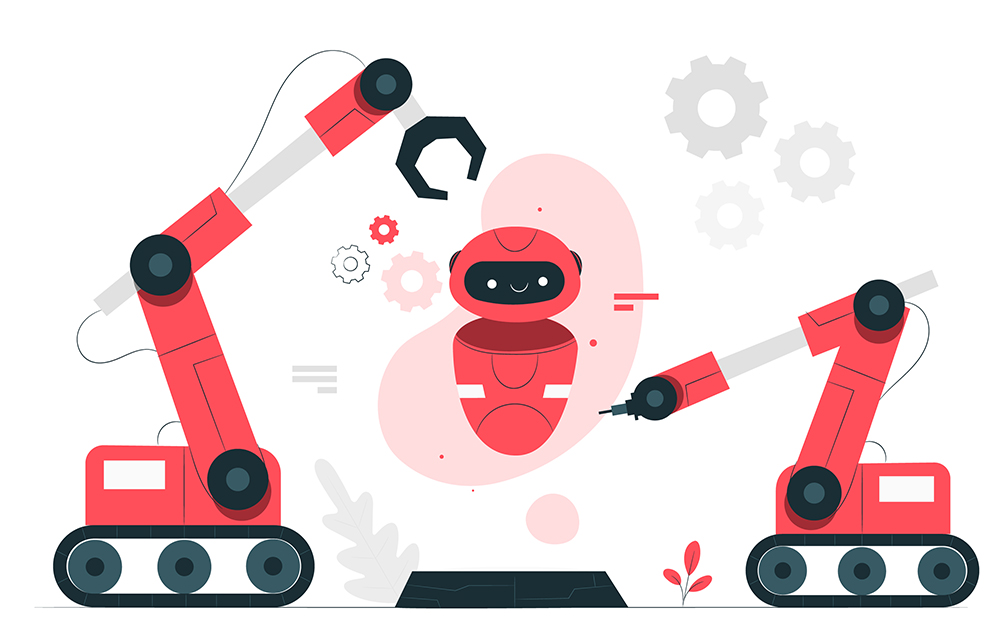It's important to acknowledge the vital role played by administrative professionals in the success of any busi...
Brickwork Blogs


Introduction
In the fast-paced and interconnected world of the modern workplace, distractions have become an ever-present challenge, posing a significant threat to both individual productivity and overall employee well-being. The constant barrage of digital stimuli, coupled with the demands of multitasking, has created an environment where maintaining focus on essential tasks is increasingly difficult.
This blog aims to shed light on the pervasive nature of workplace distractions and their direct correlation to the rising issue of burnout. As professionals navigate through an intricate web of emails, instant messages, and social media notifications, the toll on mental health and job satisfaction becomes evident.
Recognizing Common Workplace Distractions
In the contemporary workplace, distractions abound, undermining the concentration and efficiency of employees. Digital distractions, the first category to address, often manifest through the omnipresence of social media, a persistent stream of emails, and the constant ping of instant messaging applications.
Social media platforms, designed to captivate attention, frequently pull individuals away from their tasks, fostering a culture of perpetual connectivity. Simultaneously, the never-ending influx of emails and notifications demands constant attention, fragmenting focus and impeding the deep work essential for productivity.
Beyond the digital realm, physical distractions pose another formidable challenge. Office noise, whether from conversations, ringing phones, or background chatter, disrupts the cognitive flow of individuals trying to concentrate. A cluttered workspace, clutter being both physical and digital, further exacerbates the problem, creating an environment where finding the necessary information or tools becomes an additional hurdle.
Interruptions from colleagues, though often unintentional, contribute to the fragmentation of work, as impromptu conversations divert attention away from critical tasks. Recognizing these common workplace distractions is crucial for individuals and organizations alike, as it lays the groundwork for implementing effective strategies to minimize their impact and enhance overall focus in the workplace.
Statistics and Trends in Workplace Distractions
The Impact of Distractions on Employee Well-being
The repercussions of workplace distractions extend beyond momentary lapses in focus, permeating the very fabric of employee well-being. The sustained exposure to digital and physical disruptions takes a toll on mental health, giving rise to heightened stress levels among individuals navigating the contemporary work environment. The incessant demands of multitasking, fueled by digital distractions like social media and a deluge of emails, contribute to a sense of overwhelm, leaving employees susceptible to burnout.
Moreover, the adverse effects on mental health are intricately intertwined with job satisfaction. The constant juggling act required to manage distractions leads to reduced engagement and a diminished sense of accomplishment. As employees struggle to maintain focus, the quality of their work may suffer, further exacerbating feelings of frustration and inadequacy. Over time, the cumulative impact of distractions can contribute to a decline in overall job satisfaction, eroding the motivation and enthusiasm that are essential for a fulfilling professional experience.
In the broader context, chronic distraction in the workplace can lead to long-term consequences, including increased absenteeism and higher turnover rates. The negative impact on employee retention not only affects individual careers but also poses a challenge for organizations aiming to cultivate a resilient and high-performing workforce. Recognizing the intricate connection between distractions, mental well-being, and job satisfaction is pivotal in fostering workplaces that prioritize the holistic health of their employees and seek to mitigate the risk of burnout.
Tips to Minimize Digital Distractions
As the digital landscape continues to evolve, the need for effective strategies to combat digital distractions becomes paramount in preserving workplace focus. Here, we delve into practical tips to empower individuals to take control of their digital environment and foster a more focused and productive work routine.

Time Management Strategies
Effectively managing time is a cornerstone of combating workplace distractions and cultivating sustained focus. In this section, we explore practical time management strategies that empower individuals to navigate their tasks efficiently, enhance productivity, and mitigate the risk of burnout.
These time management strategies not only enhance productivity but also contribute to a healthier work-life balance. By strategically organizing your tasks and optimizing your approach to time, you create an environment conducive to focus, efficiency, and, ultimately, the prevention of burnout.
Conclusion
Mastering focus in the workplace is not just about combating distractions but is fundamentally linked to preserving our well-being and preventing burnout. The strategies discussed offer a roadmap for individuals and organizations to navigate the pervasive challenges of the modern work environment. By recognizing and addressing common distractions, implementing effective time management, and fostering a culture that values concentration, we can create workplaces where focus thrives.
Embracing these insights is not merely a professional necessity but a pivotal step toward cultivating environments that prioritize both productivity and the holistic well-being of individuals, ultimately safeguarding against the insidious effects of burnout. As we strive for a future of work that is not just productive but sustainable, the pursuit of focus becomes a cornerstone in shaping healthier, more fulfilling professional experiences.
How does Brickwork help its employees to avoid distraction at the workplace and manage burnout?
Burnout at workplaces needs to be addressed with utmost care to ensure that employees thrive. Brickwork takes the extra step by providing practical solutions such as spacious desks, noise-canceling headsets, meeting rooms, individual meeting pods, breakout areas, cafeteria, table tennis, music played on the floor, fun activities, etc. that help employees cope with stress at work.
How does your organization address burnout?


